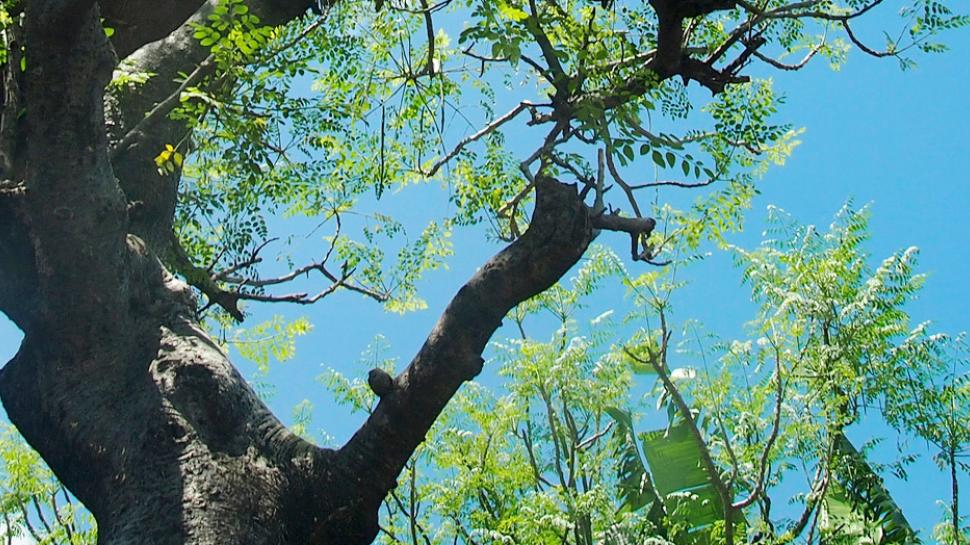Free shipping with orders over 200$* within Canada
ONLINE orders temporarily suspended to USA. CONTACT US to proceed

Known to the Nigerians, as idagbo monoye, this “crazy growing tree ‘, has roots that taste like horseradish and pods that look like drumsticks. It is a tree that loves the tropics and subtropics and is known to the Pilipino as ‘mother’s best friend. African’s share that affection.
To the Thai, it can be a fence that protects their gardens. In India it is their kitchen garden.
The Romans and Egyptians and Grecians wooed Moringa and made perfumes, skin lotions, balms and scrubs.
Farmers worldwide know that their long taproots and rapid growth is ideal for ‘alley cropping systems’, which increases farm production and much more.
There are 13 different species of Moringa, each renowned and worshipped as life-sustaining miracles. Cattle, sheep and goats love to eat moringa leaves, as do pigs and rabbits. They know what is good for them. Bees love the moringa flower nectar and we know how smart bees are and how much we depend on them.
Moringa is a superfood, loaded with nutrients (over 92 to be exact), vitamins, minerals, protein, antioxidants, and antinflammatories. It is said that there is no plant like moringa in the entire planet.
We, in North America, are just learning how to benefit from this unique tree. Here at Earth to Body, we use Moringa in our Tooth Cleanser and in our Castile Moringa soap. If you would like a product with Moringa, do let us know.